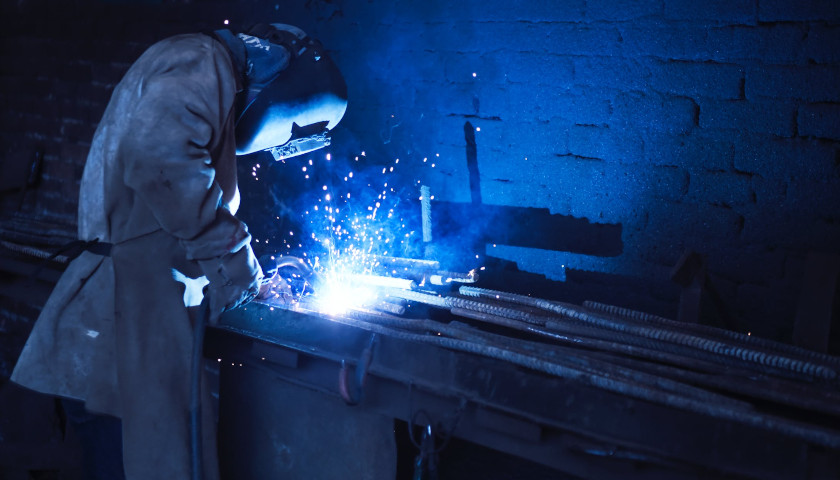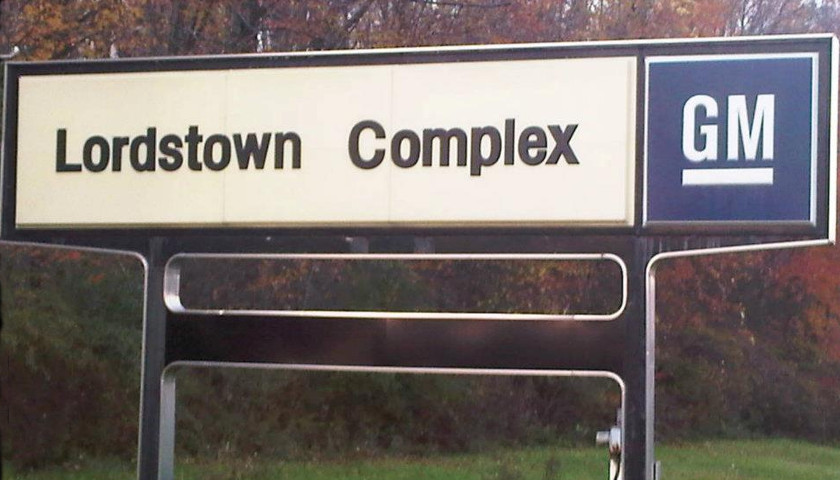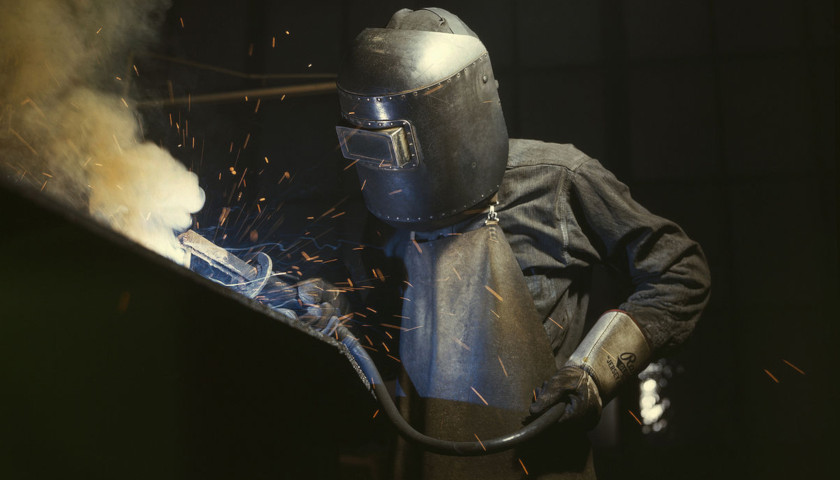Donald Trump has locked up the necessary delegates for the Republican presidential nomination, which means it’s time for every political junkie’s favorite quadrennial game: Veepstakes!
Every four years, commentators, political consultants, and elected officials all chime in with their takes on who a presidential candidate’s running mate should be. Perhaps the candidate ought to select a veep from a swing state. Perhaps the candidate ought to select someone who fits a certain demographic box. Maybe the candidate ought to pick someone with a very similar political philosophy—or perhaps someone whose ideological bona fides assuage any lingering concerns that party loyalists might harbor about the man at the top of the ticket. Or maybe it’s really as easy as picking someone who the presidential nominee simply likes and vibes with on a personal level.
Read the full story






